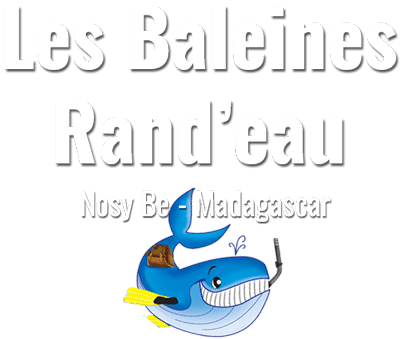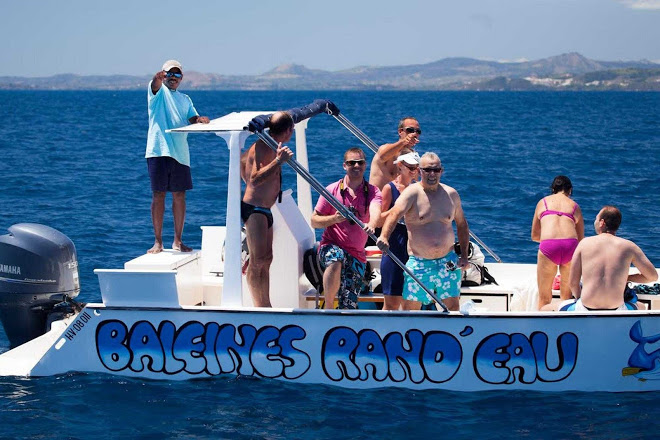The Hawksbill Turtle, the only representative of the genus Eretmochelys, is a species of turtle in the family Cheloniidae. In French it is also called Tortoise with scales or Tortoise with beak of falcon. It is also locally called Karet or Carette, especially in the West Indies, Mayotte or Reunion. However, these names are confusing with the Loggerhead Turtle (Caretta caretta).
It is distinguished by several unique anatomical and ecological characters; It is easily identifiable by its thick scales posed like the tiles of a roof, by its long, narrow and hooked beak and by the two claws arranged a few centimeters from each other on the outside with mid-fins.
It lives near the coast in all tropical seas. Renowned and long sought after for the superior quality of its scales, it is for this reason one of the species of sea turtles most endangered.


